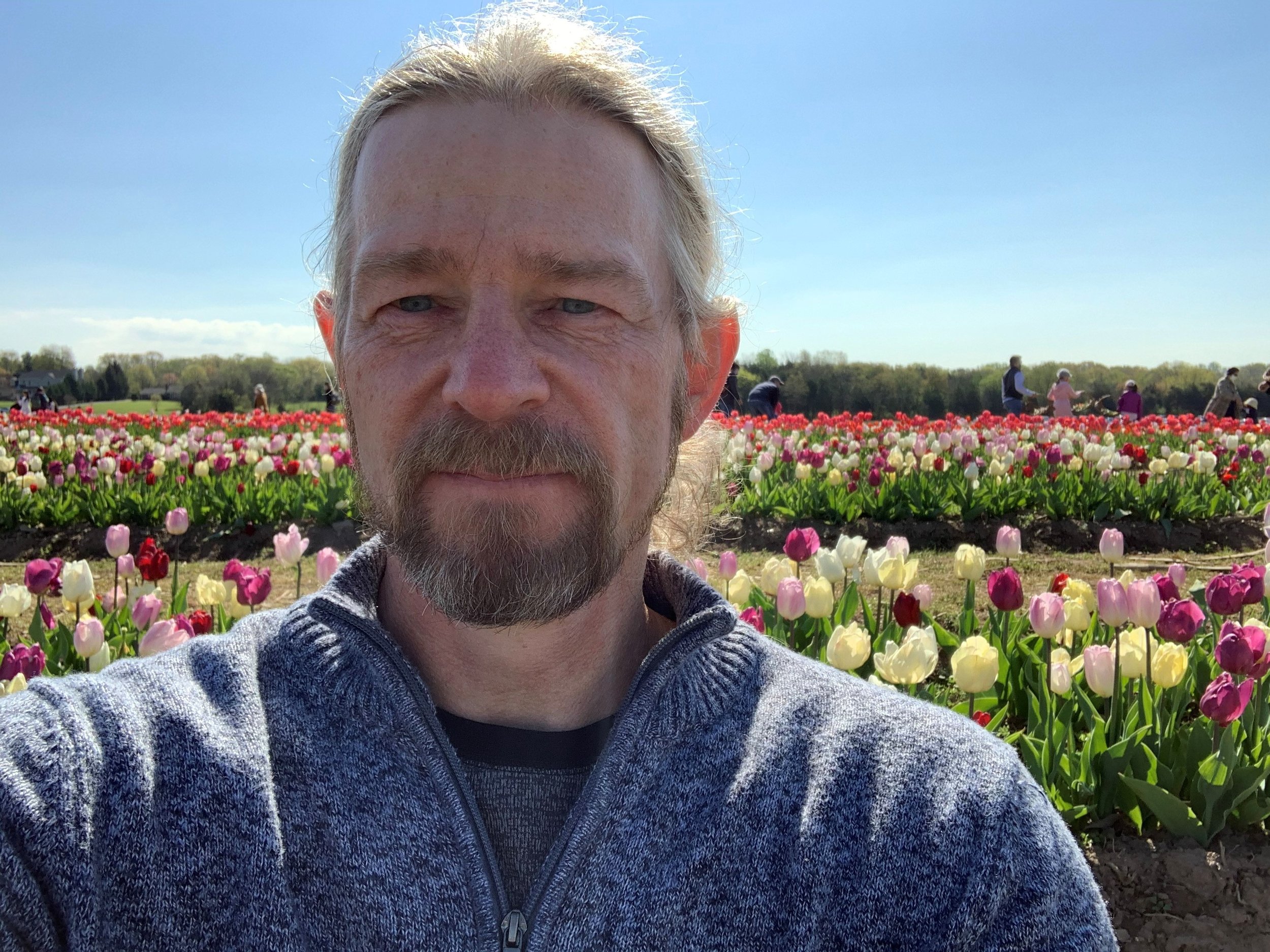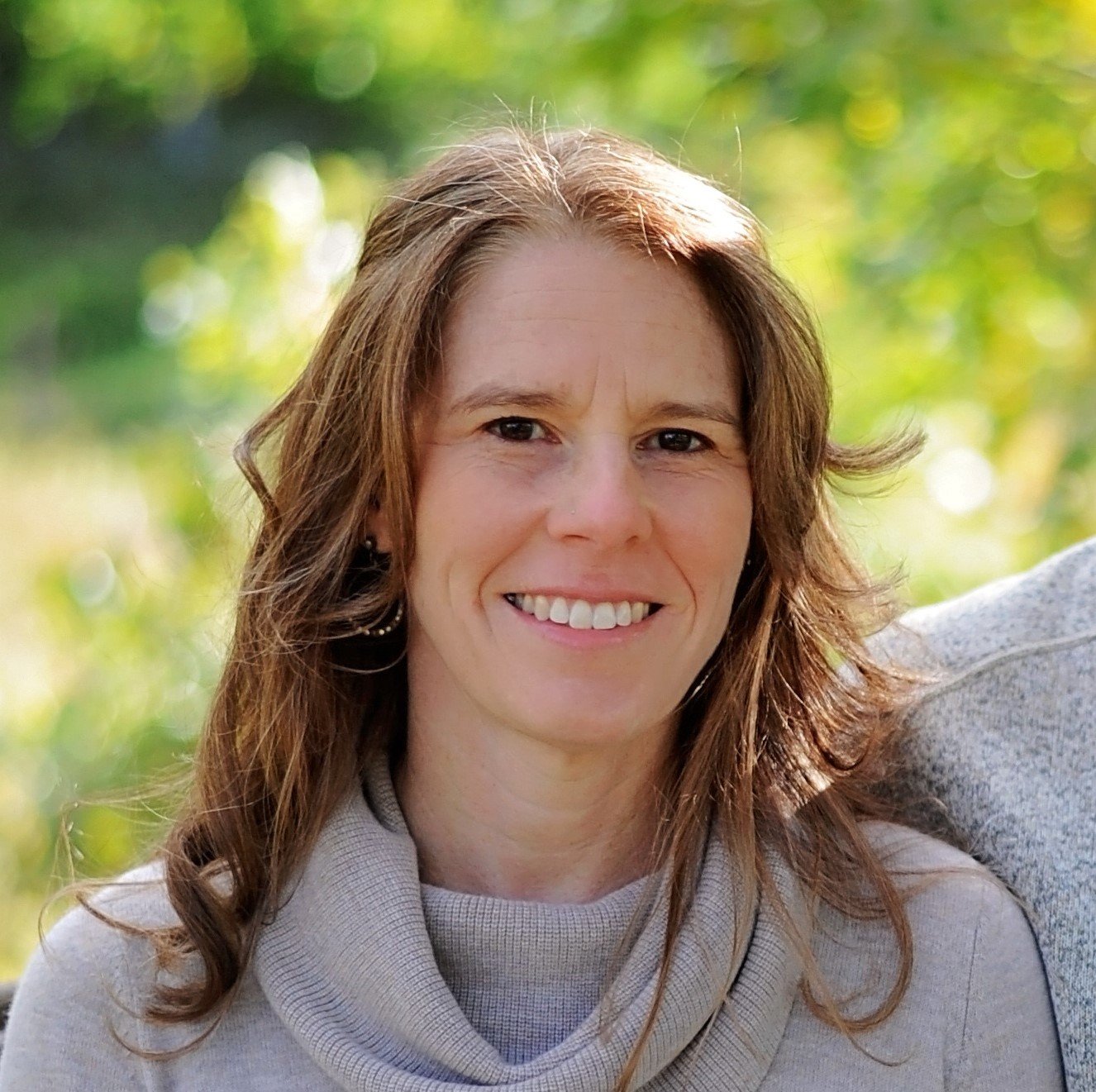Vegetation and Natural Materials Used for Channel and Floodplain Restoration – Piney Run at Lake Werowance
George Rhodes
Stantec
Fredericksburg, VA
Heather Ambrose
Fairfax County Stormwater Planning Division
Fairfax, VA
The passing of time has provided us with a chance to restore a landscape. Everything we had previously done in an urban watershed channel restoration was thrown out the window. The goal was to consider approaches that we do not normally attempt. As the designer (and owner), this is exciting and frightening. Before beginning, what were the considerations we had to be aware of, and how did we know this project was going to succeed? At the end, have we put the ingredients together in such a way that the ecosystem can rebuild itself?
This is a story about the Piney Run stream and floodplain reconnection project that was intentional about using the existing resources as the primary building blocks for the project. Nature breached the dam embankment and provided the opportunity to restore the stream and riparian buffer. It is an opportunity to experiment and try techniques in an urban watershed that we do not normally get to do.
This is a comprehensive floodplain reconnection, wetland creation, and stream restoration project that, among other things, had to respect property boundaries, easements, and access limitations. A primary stream channel was established, along with multiple wetland channels, open water features, oxbows, and abandoned channels to replicate reference wetlands and floodplain conditions near the site. A significant landscape design plan was implemented using thousands of plants and closely monitored installation phase. Reuse of existing plants was also included.
This presentation will briefly address the role of vegetation considerations for the development of the floodplain and riparian buffer, using structures predominately made of wood, and lessons learned in the design and construction phase.
We are challenged with doing more with less. With the increasing cost of resources, there is a need for finding ways to make these projects more cost-effective and provide qualitative and quantitative benefits. Could we have experimented more? Yes probably. But we had to start somewhere.
About George Rhodes
George is a professional landscape architect and is involved in ecosystem restoration design, primarily in urban watersheds. He has over two decades of experience in stream design, wetland creation, and landscape architecture services. He has managed numerous ecosystem projects for public and private sector clients. His experience includes stream assessment, restoration design, flood mitigation, water quality improvement and drainage improvements services under the firm’s current Fairfax County Stream Restoration and Stabilization contract that includes >60,000 linear feet of stream assessment / restoration design projects since 2012. George appreciates the opportunities to work with an awesome group of experts at Stantec to improve the conditions of our communities.
https://www.linkedin.com/in/george-rhodes-iii-landscape-architecture-ecosystems/
About Heather Ambrose
Heather Ambrose – Heather has worked for Fairfax County’s Stormwater program since 2009. She is currently a Project Coordinator and Branch Chief in the Stormwater Planning Division managing stream restoration and flood mitigation projects. She received her B.S. in Biology from Virginia Tech and her M.S. in Fisheries Biology from Humboldt State University. Her early career focused on the trophic pathways supporting Pacific salmonid species in the Pacific Northwest. She has experience in many areas of stormwater management including watershed plan development, water quality monitoring, stormwater facility maintenance, MS-4 permit compliance and erosion and sediment control. Heather lives in the Shenandoah Valley with her husband and two children.
https://www.linkedin.com/in/heather-ambrose-b5b7548/


